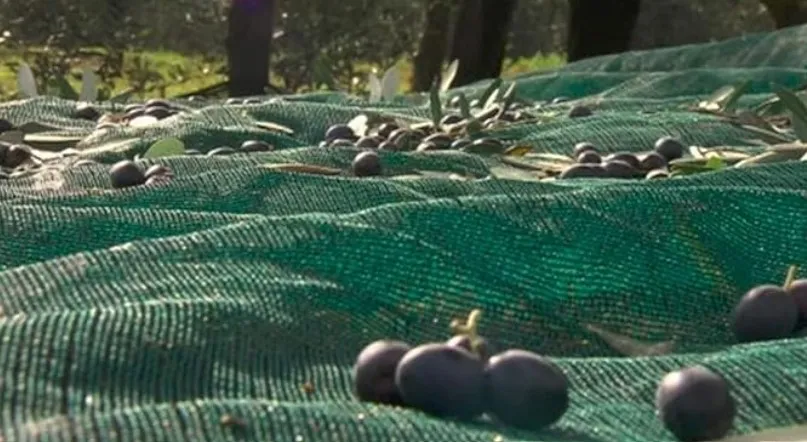-
 Afrikaans
Afrikaans -
 Albanian
Albanian -
 Amharic
Amharic -
 Arabic
Arabic -
 Armenian
Armenian -
 Azerbaijani
Azerbaijani -
 Basque
Basque -
 Belarusian
Belarusian -
 Bengali
Bengali -
 Bosnian
Bosnian -
 Bulgarian
Bulgarian -
 Catalan
Catalan -
 Cebuano
Cebuano -
 China
China -
 Corsican
Corsican -
 Croatian
Croatian -
 Czech
Czech -
 Danish
Danish -
 Dutch
Dutch -
 English
English -
 Esperanto
Esperanto -
 Estonian
Estonian -
 Finnish
Finnish -
 French
French -
 Frisian
Frisian -
 Galician
Galician -
 Georgian
Georgian -
 German
German -
 Greek
Greek -
 Gujarati
Gujarati -
 Haitian Creole
Haitian Creole -
 hausa
hausa -
 hawaiian
hawaiian -
 Hebrew
Hebrew -
 Hindi
Hindi -
 Miao
Miao -
 Hungarian
Hungarian -
 Icelandic
Icelandic -
 igbo
igbo -
 Indonesian
Indonesian -
 irish
irish -
 Italian
Italian -
 Japanese
Japanese -
 Javanese
Javanese -
 Kannada
Kannada -
 kazakh
kazakh -
 Khmer
Khmer -
 Rwandese
Rwandese -
 Korean
Korean -
 Kurdish
Kurdish -
 Kyrgyz
Kyrgyz -
 Lao
Lao -
 Latin
Latin -
 Latvian
Latvian -
 Lithuanian
Lithuanian -
 Luxembourgish
Luxembourgish -
 Macedonian
Macedonian -
 Malgashi
Malgashi -
 Malay
Malay -
 Malayalam
Malayalam -
 Maltese
Maltese -
 Maori
Maori -
 Marathi
Marathi -
 Mongolian
Mongolian -
 Myanmar
Myanmar -
 Nepali
Nepali -
 Norwegian
Norwegian -
 Norwegian
Norwegian -
 Occitan
Occitan -
 Pashto
Pashto -
 Persian
Persian -
 Polish
Polish -
 Portuguese
Portuguese -
 Punjabi
Punjabi -
 Romanian
Romanian -
 Russian
Russian -
 Samoan
Samoan -
 Scottish Gaelic
Scottish Gaelic -
 Serbian
Serbian -
 Sesotho
Sesotho -
 Shona
Shona -
 Sindhi
Sindhi -
 Sinhala
Sinhala -
 Slovak
Slovak -
 Slovenian
Slovenian -
 Somali
Somali -
 Spanish
Spanish -
 Sundanese
Sundanese -
 Swahili
Swahili -
 Swedish
Swedish -
 Tagalog
Tagalog -
 Tajik
Tajik -
 Tamil
Tamil -
 Tatar
Tatar -
 Telugu
Telugu -
 Thai
Thai -
 Turkish
Turkish -
 Turkmen
Turkmen -
 Ukrainian
Ukrainian -
 Urdu
Urdu -
 Uighur
Uighur -
 Uzbek
Uzbek -
 Vietnamese
Vietnamese -
 Welsh
Welsh -
 Bantu
Bantu -
 Yiddish
Yiddish -
 Yoruba
Yoruba -
 Zulu
Zulu
Anti Hail Netting Solutions | Protect Your Crops and Investment
The Importance of Anti-Hail Netting in Agriculture
Hailstorms pose a significant threat to crops, causing extensive damage and leading to substantial economic losses for farmers each year. To mitigate this risk, many agricultural producers are turning to anti-hail netting as an effective solution. This innovative practice is gaining popularity across various regions, particularly in areas prone to severe weather conditions.
The Importance of Anti-Hail Netting in Agriculture
One of the most significant advantages of anti-hail netting is its ability to reduce crop losses. Research indicates that farms equipped with these protective nets experience lower levels of damage during hailstorms compared to those without them. This translates to increased productivity and profitability for farmers, who can maintain a consistent supply of quality produce, thus enhancing their market competitiveness.
anti hail netting

In addition to safeguarding crops from hail, these nets also provide further benefits. They can help in regulating temperature, as the shade from the netting can reduce thermal stress during hot weather. This is particularly beneficial for sensitive crops that might otherwise suffer from heat damage. Furthermore, anti-hail nets can act as a barrier against pests and birds, which can otherwise pose additional risks to crop health.
Moreover, the installation and maintenance of anti-hail netting can be cost-effective in the long run. Although the initial investment may seem substantial, the financial protection it offers against unpredictable hail damage can ultimately outweigh the costs. Farmers can secure their investments and mitigate the potentially catastrophic effects of hailstorms.
Despite these advantages, there are considerations to take into account. The installation process may require upfront labor and materials, and nets need to be maintained to ensure longevity. Additionally, some farmers may worry about the environmental impacts of synthetic materials used in netting. However, advancements in agricultural technology are leading to the development of more sustainable and biodegradable netting options.
In conclusion, anti-hail netting represents a proactive approach to protecting crops from hail damage. As climate patterns become increasingly unpredictable, the importance of such protective measures is likely to grow. By investing in anti-hail netting, farmers can safeguard their livelihoods, enhance crop yields, and contribute to a more resilient agricultural system. As the agricultural community continues to adapt to changing weather patterns, these protective measures will play a crucial role in ensuring food security and economic stability.
-
Why Nylon Mesh Netting is Revolutionizing Industrial and Commercial ApplicationsNewsJun.13,2025
-
Reinventing Reliability with Construction Wire MeshNewsJun.13,2025
-
Protect Your Crops with High-Performance Agricultural Netting SolutionsNewsJun.13,2025
-
Premium Breeding Net Solutions for Modern AquariumsNewsJun.13,2025
-
Precision Filtration Solutions for Industrial and Commercial NeedsNewsJun.13,2025
-
Advanced Industrial Mesh Solutions for Every ApplicationNewsJun.13,2025











